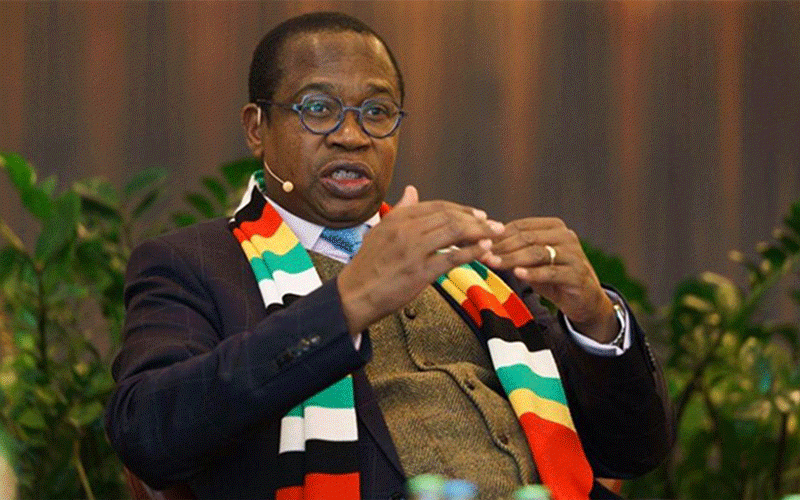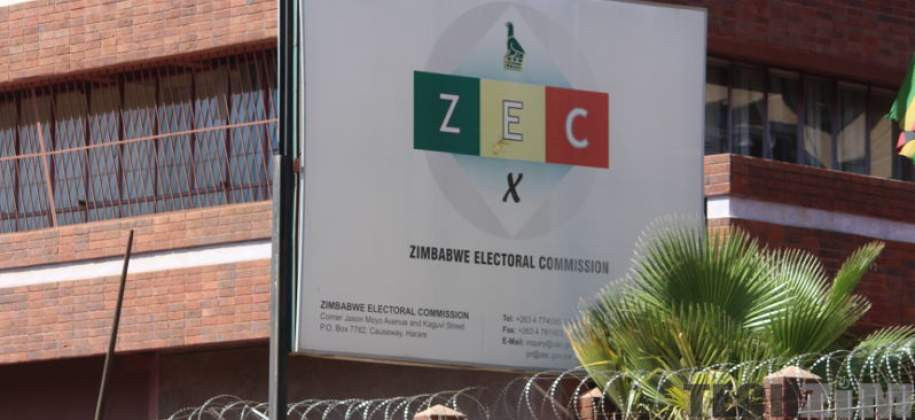
TREASURY released a press statement in August summarising the 2023 approved budget performance in the first half (1HY23). The 1HY23 budget implementation experienced many headwinds as macro-economic fluctuations were more frequent and severe during this period.
These fluctuations greatly affected social service delivery, eroded the value of earnings, reduced consumers’ ability to pay for basics, disrupted business predictability, widened societal inequalities, and plunged many people into extreme poverty. This column, therefore, seeks to succinctly analyse the 2023 mid-term budget review and looming outlook risks.
No supplementary budget
The 2023 approved national budget has an expenditure ceiling of about ZW$4,5 trillion. The Treasury projected to collect about ZW$3,9 trillion for the whole of 2023. The resultant budget balance (deficit) of ZW$575,5 billion was to be raised through borrowing.
In the latest mid-term statement, the Treasury indicated that it raised about ZW$4,3 trillion in the first half of 2023 (1HY23). This outturn is 34,4% higher than the total revenue collection that is projected in the 2023 approved budget.
At the same time, Treasury statistics show that remuneration of public workers, infrastructure projects, and operational costs in the 1HY23 consumed a combined ZW$3,7 trillion. This amount constitutes 82,2% of the projected 2023 expenditure ceiling leaving only 17,8% to cover the rest of 2HY23.
Overall, the Treasury had a budget surplus of roughly ZW$600 billion in 1HY23. Buoyed by this surplus, the Treasury decided not to table a supplementary budget in 2023.
However, the increased currency volatility experienced in 1HY23 erased at least 80% of the value of the local currency (ZWL) against the US dollar (USD). This fuelled inflation beyond the reach of many and wipedout the real value of the budget.
- Budget dampens workers’ hopes
- Govt issues $24 billion Covid-19 guarantees
- Letter to my People:They have no answers for Nero’s charisma
- ZMX to enhance farm profitability
Keep Reading
With the foregoing statistics showing that the 2023 approved budget is almost depleted amid mounting fiscal spending, the Treasury must ask Parliament for a supplementary budget. This is because by law Treasury is required to seek authority from parliamentarians before spending excess tax revenues or exceeding the approved expenditure ceiling.
Poor economic performance
The 2023 approved budget shows that authorities initially projected national output (GDP) growth of 3,8% in 2023. This positive growth was largely premised on stable currency and prices, better rainfall patterns, elevated global commodity prices, and increased domestic production of electricity production.
However, most of the key budget assumptions failed to hold in the 1HY23. For instance, the local unit was too volatile, inflation wreaked havoc, and prolonged electricity load-shedding schedules. These economic headwinds ballooned the domestic cost of doing business and increased Zimbabwe dollar (ZWL) depreciation-induced operating losses.
Again, in 1HY23, household budgets were extremely overstretched as the cost of living escalated at a time when salaries remained largely constant. Consequently, injustices (debt, tax, environmental, etc.) widened, inequalities (income, gender, geographic, education, health, etc.) deepened, and millions were trapped in the vicious cycle of poverty.
For the outlook period, the government is now projecting a 5,3% GDP growth rate for 2023 on account of relatively good agriculture season and favourable global commodity prices. Also, despite Kariba Dam levels trending downwards, the electricity supply is expected to improve in 2HY23 relative to 1HY23 due to the coming onboard of new thermal production units.
The ongoing economic infrastructure projects, like roads and dam construction, will also help solidify domestic economic activity. Further, authorities have also instituted various stabilisation measures that have helped tame currency depreciation and high price inflation.
The foregoing variables sailed largely stable in July and August 2023 and are likely to hold if monetary and fiscal discipline is maintained in the coming months.
Nevertheless, there remain many risks to the 2HY23 outlook and beyond that can slow down economic activity. For instance, the August 2023 presidential electoral result is being contested and this will greatly compromise the legitimacy of the declared winner as well as jeopardise the already weak social contract between government and citizens.
A disputed election may result in deadly political violence, squandering of property, corruption and impunity, sour international relations, and capital flight due to elevated investment risk premium.
Other looming outlook risks include climatic shocks, mounting fiscal spending, ZWL fragility, commodity price volatility, full dollarisation, Russia-Ukraine war uncertainties, and debt distress amid elevated global interest rates.
Tax relief measures
The available press statement summarising the 2023 Mid-term Budget Review did not specifically provide additional tax relief and revenue-enhancing measures.
This was likely influenced by the fact that nominal revenue collections by Zimbabwe Revenue Authority (Zimra) are rising to match mounting nominal fiscal spending.
Partly driving this nominal growth of tax revenue collection in 1HY23was the elevated inflation for the entire period.
In addition, the Treasury had earlier in August 2023 provided some tax relief to citizens through a review of personal income tax. As of January 2023, the tax-free threshold was set at ZW$91,666 per month.
However, economy-wide salary reviews necessitated by increased macro-economic fluctuations experienced in 1HY23, though minimal, resulted in tax bracket creep for many workers.
To provide taxpayer relief by reversing the erosion of incomes and increasing consumer purchasing power, the Treasury increased the monthly tax-free threshold to ZW$500,000 while the highest marginal tax rate of 40% was reviewed from ZW$1 million to ZW$15 million.
While this is commendable, Treasury must do more to bring relief to already overtaxed taxpayers. It must increase the salary (ZWL and USD components) for civil servants to match ever rising poverty datum line (PDL).
Also, the ZWL salary component must be indexed at the interbank rate to account for monthly adverse exchange rate movements while scratching or significant reduction of the 2% tax on all basics is now long overdue.
Lack of budget transparency
Budget transparency serves to open the government to those it serves, that is, allowing the public to participate and to keep informed of the government’s budgets, spending, and projects.
As such, increased budget transparency is an indispensable weapon against corruption because when government processes become transparent, there will be limited scope for public officials to engage in corrupt activities.
So, the Treasury is required to provide clear budget information such as budget-related documents including the mid-year implementation report.This report analyses the impacts of the budget in the first half of the budget year by providing a detailed update on budget implementation relative to in-year execution reports.
In addition to its use for budget oversight, the mid-year implementation report can also yield useful insights that can inform the pre-budget deliberations for the following year. It is generally accepted that this report should be published within six weeks of mid-year.
However, despite an unlimited flow of benefits of budget transparency the government continues to create opaque scenarios by not furnishing the public with the granular details of budget expenditure. The 2023 mid-term budget review is a clear testimony to this assertion as it falls short of all budget transparency thresholds.
It seems this was done just to tick the box. The Treasury did not publicly avail the full mid-term budget review (at the time of writing) except for a 7-page press statement which was released on August 11.
Consequently, with no access to a comprehensive mid-year report, the public is only relying on this brief press statement; a factor that militates against effective Public Finance Management (PFM).
Parting shot
Zimbabwe experienced massive macroeconomic fluctuations in the 1HY23 that have greatly affected the mid-term performance of the approved budget. High exchange rate depreciation and hyperinflation have wiped out the real value of earmarked budget funds thereby affecting service delivery.
It also resulted in output growth that is not stable and inclusive as per the target of the NDS1. As such, the Treasury must table a supplementary budget to address dilapidating social and economic infrastructure while instituting robust reforms to make ongoing stability durable and sustainable.
The foreign exchange on August 11 was US$1:ZW$4 555,75 and US$1:ZW$521,26 on November 24 2022 when the national budget was presented by Finance and Economic Development minister Mthuli Ncube.
- Sibanda is an economic analyst and researcher. He writes in his personal capacity. — [email protected] or Twitter: @bravon96











